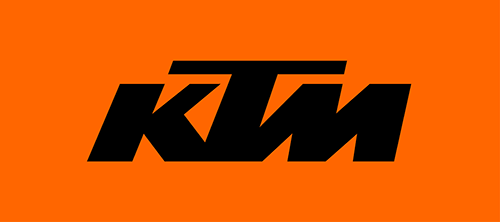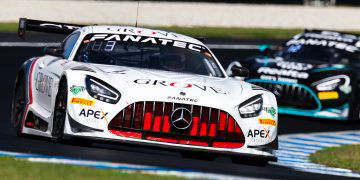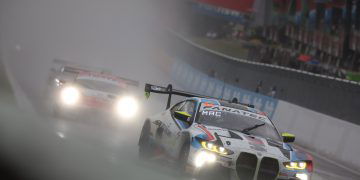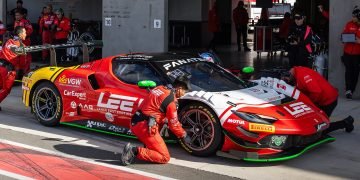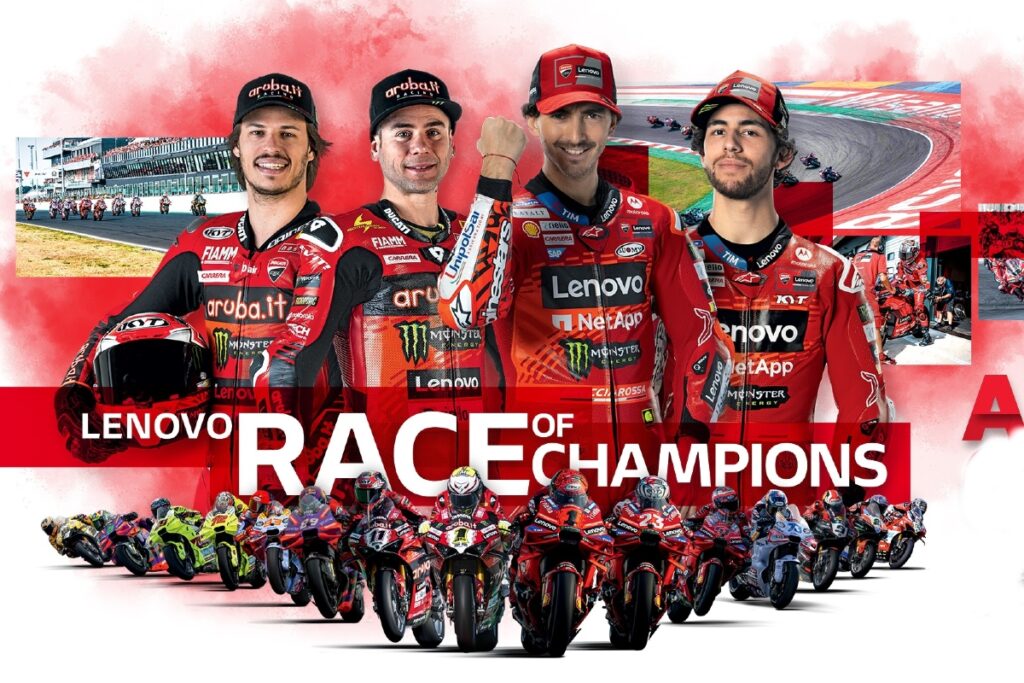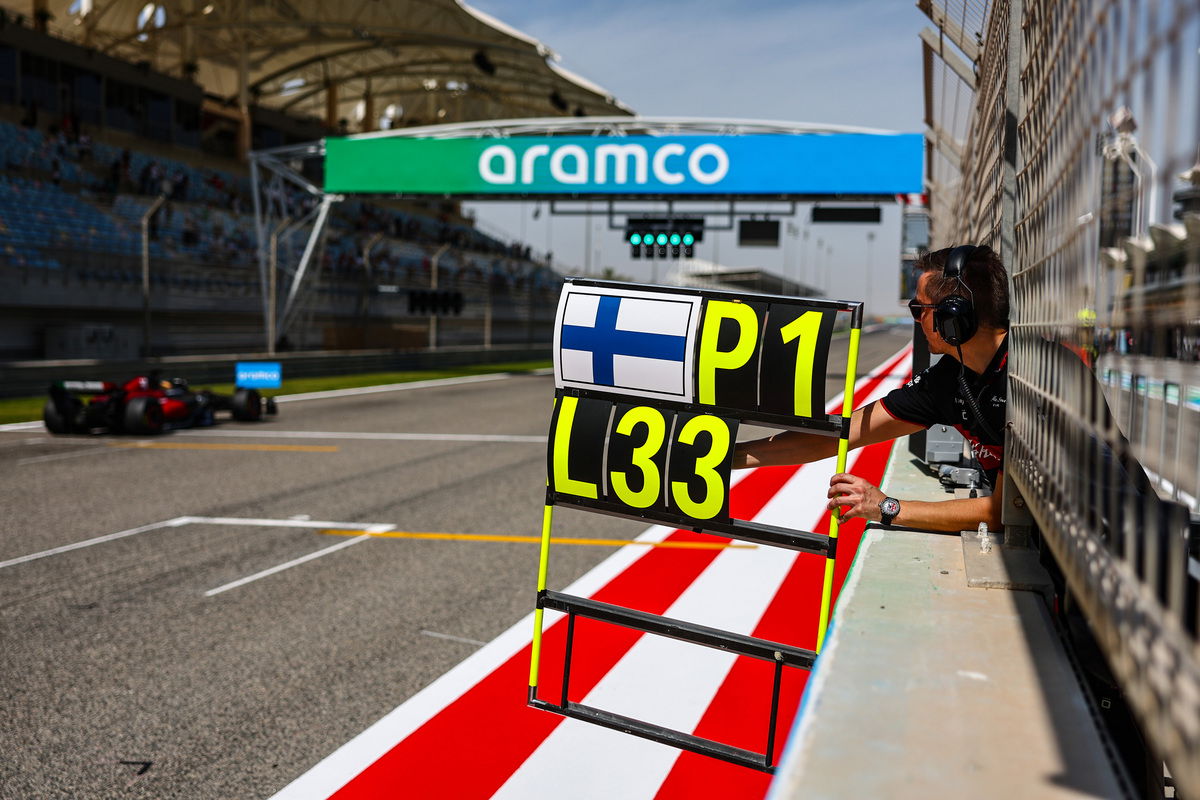
It is the only meaningful running they'll get before F1 kicks into its longest-ever season, a precious three days to confirm a year's worth of effort and tens of millions of dollars of investment.
From Wednesday to Friday, teams will be tasked with performing an array of systems checks and data gathering.
Each will have a carefully prepared list of items to run through, different for each team depending on their respective priorities.
For some, it will be a case of confirming the correlation between their virtual systems and the real world, while for others it will be building a fundamental understanding of a new design philosophy.
Though the regulations have remained stable since 2022 (albeit with some changes to the floor last year to address porpoising), some teams have had to change their design philosophy as they realised they'd reached a development cul de sac.
Mercedes, Ferrari, Sauber and others all have notably different cars from what they've raced previously.
That will introduce another layer of complexity to testing as those squads work to build a library of data to understand aerodynamic efficiency, tyre degradation, airflow and temperature, set-up preferences and needs.
It's a process that takes time and is best done with a carefully defined structure to make sure the data is reliable.
To gather what they need, teams will run additional sensors and often sport aero rakes – scaffold-like devices on the car – to measure airflow around it.
That sometimes sees drivers perform cruise tests – accelerating to a pre-defined speed on a straight and sitting there for as long as possible.
The results seen there, sometimes with the car coated in flo vis paint, can then be contrasted to what CFS or the wind tunnel has predicted.
It's a simple and useful test that can offer a good amount of data, but it's comparatively one-dimensional as it doesn't account for yaw, pitch, wind, or turbulence of other cars. That's why real-world testing remains important.
It is also why Bahrain is now the preferred location over Barcelona, which was once the host of pre-season running.
Conditions in Bahrain are typically warm and stable, not to mention more representative given Europe is in the throes of winter.
Teams, therefore, have a greater window to gain the information they want, while the newer style Sakhir circuit means there is a significantly reduced risk of finding a barrier should something go awry.
The more data, the better for engineers, and that means time on track. Crashes or reliability issues are disastrous – as are design faults that require the car to be in the garage to resolve.
McLaren suffered that fate in 2022 with its brake ducts, which limited its early running and cost it development time back at the factory, having a knock on to the 2023 car.
Hence, the general rule is that the more laps a team logs in testing, the better we can consider it to have performed and the better the team is heading into the season.
Ironically, pre-season is not focused on pace in a sport measured in fractions of a second.
Teams will perform performance runs but will do so with very specific parameters that will not be shared outside of the team.
Fuel loads, tyre quality, wing levels, engine mode, and even where drivers begin their lap can all be manipulated to mask their true pace.
Some might bank a Hollywood lap to steal the headlines for a day, but it's a fool's game and one often played by squads looking for a final push to land a sponsor.
Of course, teams will monitor each other closely, though they'll tell us they're only focused on themselves.
In reality, they'll have a small team looking at rivals' GPS data to determine where each car is in the pecking order. But it's not an exact science, and the true picture only emerges after the first few races.
A good test doesn't always translate into a season; a bad test isn't necessarily disastrous.
However, it's a good early indication of what is in store for the year ahead and which teams might face a long season.





